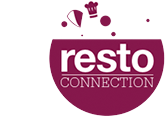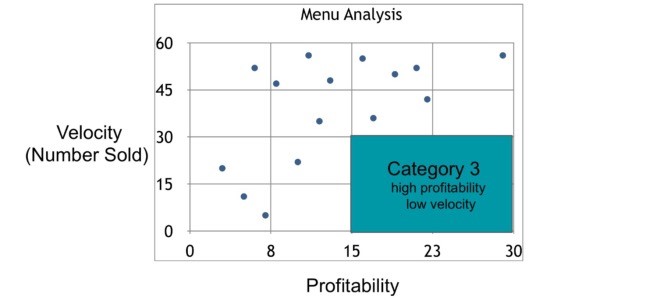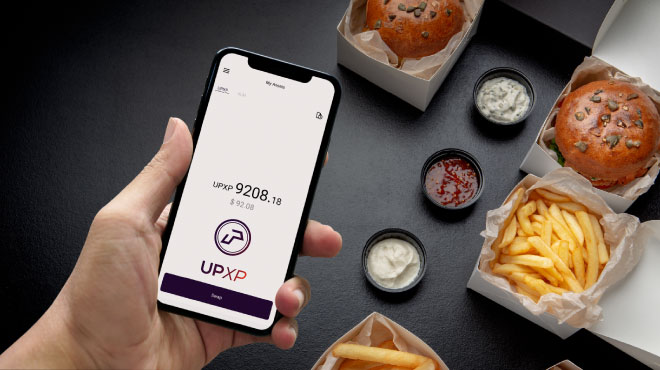

Leslie Park Lynn is a 15 year restaurant industry veteran.
Engineering your menu for profitability is not a difficult process but is one that far too many restaurant operators ignore. With a few proven principles it is easy to get the most out of your menu and it’s best dishes. It only takes some simple analysis and an objective viewpoint to realize significant gains in velocity and profitability.
Establishing Accurate Plate Costs is Essential to Menu Profitability
There are a few basic principles restaurant operators should adhere to in order to maintain their menu and set themselves up for profitable menu execution. First, and foremost, is establishing and maintaining a proper plate cost on every dish. Without knowing the true cost of the dishes you are serving you are essentially flying blind when it comes to establishing pricing for your menu. Too many operators focus on the wrong things when trying to determine pricing for their menu items. Many times they will interject their own ideas about what someone might be willing to pay for a certain dish or they will let their competition determine pricing. What should determine the ideal price of an item is its true cost of ingredients and a percentage representing the associated cost of sales such as labor and overhead.
Another key component of understanding your menu performance is knowing the number sold, or the velocity, of each dish over a given period of time. This information should be easily accessible to you through your point of sale system. It’s important to know this information as this establishes what is most popular with your guests and is a reflection of what you are doing well in terms of culinary efforts and the brand messaging through your menu.
Analyzing Your Restaurant’s Menu is a Simple, Straightforward Process
Once you have established your plate costs and know the velocity of each item engineering your menu becomes an easy process. Now it is just a matter of separating your menu items into four distinct categories. By putting your menu items into a spreadsheet or, better yet, a simple scatter graph, you can easily categorize them based on how each of your items are performing. This will enable you to make good decisions on what action to take to make significant improvements.
Plotting your menu items into a simple scatter graph is easy. It can be done by hand or you can use a spreadsheet program such as Excel or Google Sheets. Either way, your scatter graph should look something like this:
The dots on this graph would represent each of your menu items and you would label them as such. To keep it simple I have left off labels so you can better see the form and function of the graph and understand better how to utilize it.
Categorizing Your Restaurant’s Menu Items Helps Determine the Best Course of Action
Each menu item is plotted according to what percentage of profit it produces (profitability) and its velocity (number sold) over a given period of time. The graph is then divided into 4 separate quadrants or categories. Now let’s take a look at these categories and how we can utilize this information to assign improvement actions to the categories these items fall into.
Category 1 – Low profitability, low velocity
Quite frankly, items that fall into Category 1 are your losers. These items represent the dead weight on your menu and should be considered for deletion. These items do not have strong appeal to your customers as represented by their low sales numbers and are not pulling their weight in profitability. Chances are they are taking up valuable real estate on your menu so get rid of them so they can be replaced with better performing items.
Category 2 – Low profitability, high velocity
Items that fall into Category 2 represent significant opportunity for you to increase your bottom line. These items have good customer appeal as represented by their high velocity but do not return a good profit. You should look to re-tool these items to improve their profitability by either re-engineering the recipe to obtain a lower plate cost or by adjusting your menu price. Exercise caution, though when raising prices on popular items. Sometimes a higher price will slow down sales and wipe out any gains you have realized. However, if it is something unique to your restaurant that guests can’t get elsewhere it’s ok to charge a premium for it. Just make sure that the item can bear a higher price in terms of perceived value by the guest.
Category 3 – High profitability, low velocity
This category represents another good opportunity for adding dollars to your bottom line. These items are doing a good job of returning profit but are not seeing strong sales. Look to promote these items and give them better placement in your menu. By raising awareness of these items to your guests you can improve performance by increasing sales. Other ideas for these items would be featuring them on special menus, including them in your daily specials or perhaps renaming them to raise the attention they are getting.
Category 4 – High profitability, high velocity
These items, by all accounts, are your winners. They sit in the Golden Quadrant and are your best all around performers. Look to these items to learn what key components they possess that can be applied to other items on your menu. Pay attention to menu placement, their names and flavor profiles and how your brand is reflected in these offerings. By identifying what makes them winners you can learn important information about your customers, what resonates with them and how they perceive value, your brand messaging and the experience your restaurant is providing.
So now you can see that improving menu performance is not a complex process. By breaking it down and applying some simple analysis you can address each menu item and make solid business decisions that can result in improved financial performance for your restaurant. Staying on top of recipe costs and keeping your finger on the pulse of what is resonating with your customers will keep your menu fresh and efficient, push more to your bottom line and, ultimately, make you more successful in your restaurant everyday.










Comments